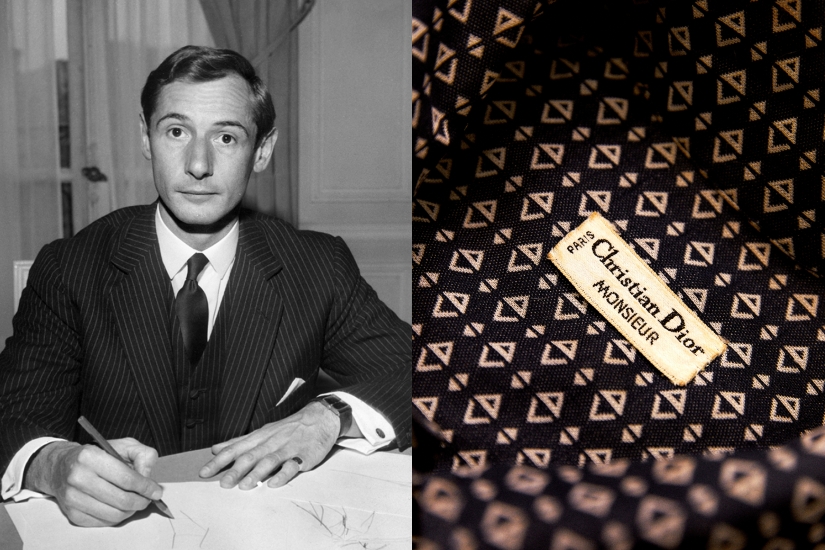Recently reported, Dior menswear has launched a new accessory series featuring the CD Diamond motif that was first used by former creative director Marc Bohan in 1974. This motif is not just a geometric design, but more importantly, it also chronicles the brand’s journey from the passing of Mr. Christian Dior until Mr. Marc Bohan took over, witnessing the brand once again solidifying its important position on the global fashion stage.
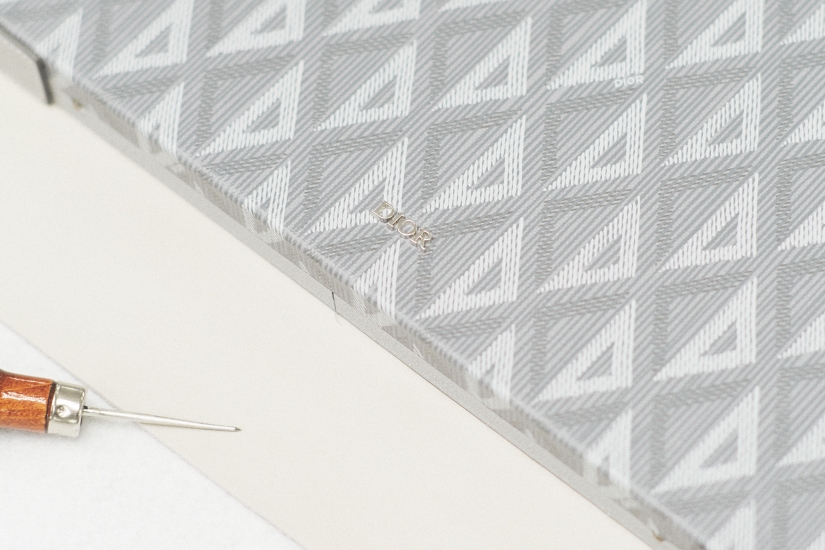
What is the story behind this seemingly simple diamond pattern? What did Mr. Marc Bohan prove when he took over as Creative Director of Dior at that time? This story is worth revisiting.
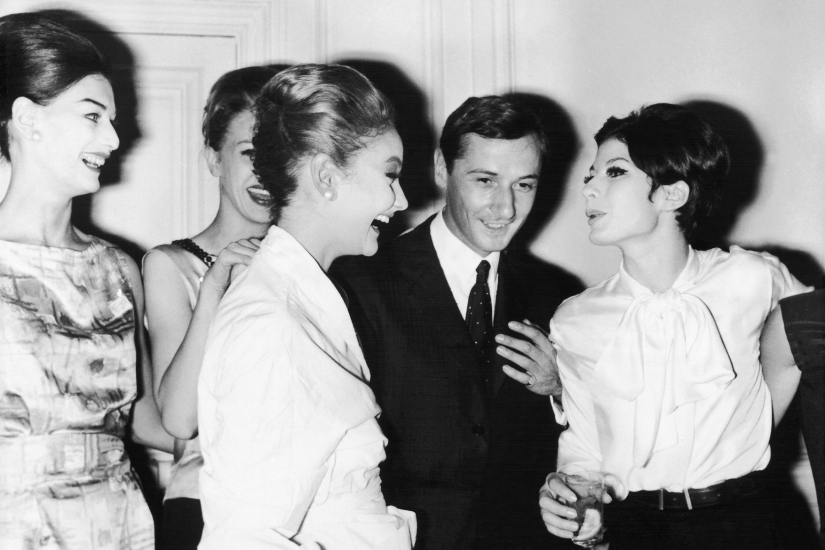
Mr. Marc Bohan has had a profound impact on the history of Dior, and this statement is not limited to the design of this single totem, but should also be understood in the context of his relationship with Mr. Christian Dior before he officially took on the role of creative director of the brand. In the literature, Mr. Marc Bohan did indeed officially succeed another legendary figure, Master Yves Saint Laurent, as the head of Dior in 1960, and when he took office, the brand was also in an unstable phase internally and externally.
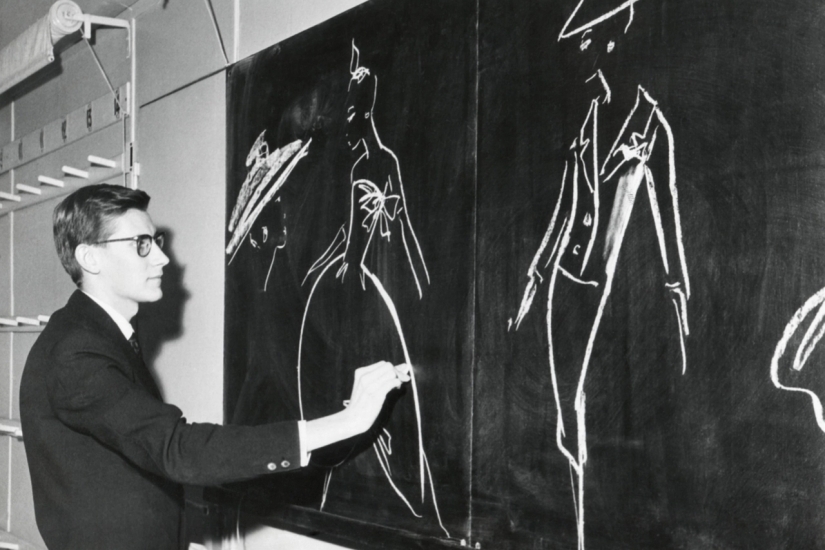
However, Mr. Marc Bohan, who was influenced by his mother from a young age to become a designer, received the favor and strong recommendation of Mr. Christian Dior at that time, making their relationship with the brand even more deeply intertwined.
My mother is a milliner, and Marc Bohan was recognized by the pioneer of French fashion, Robert Piguet, before he was 20 years old and became a fashion designer, successfully apprenticing for four years in the brand. Later, he went to London to join the studio of British fashion designer Edward Molyneux as an assistant, where he stayed for five years. In 1954, Marc Bohan was invited by another fashion master, Jean Patou, to join the design team, responsible for the acclaimed Haute Couture high fashion known as walking art. During these four years, Marc Bohan gradually honed his designs to be more meticulous and delicate.
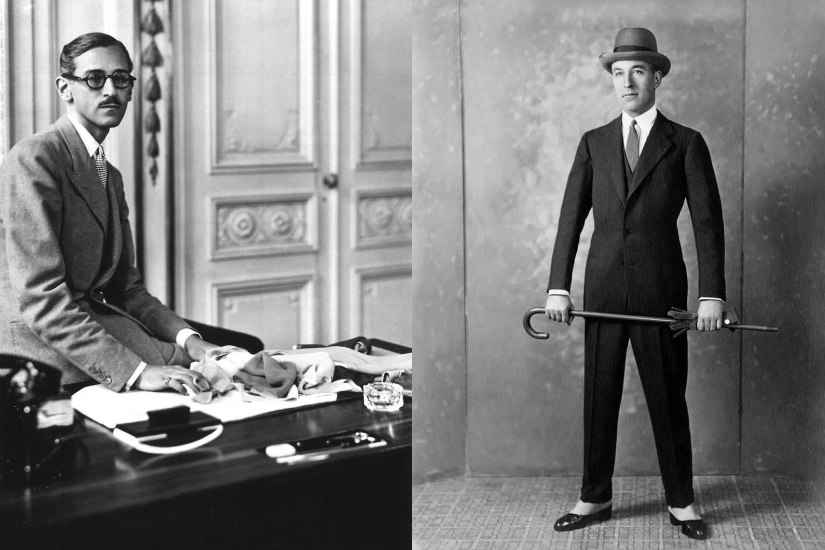
Five years later, Marc Bohan decided to establish his own brand under his name, but due to economic constraints at the time, he was unable to do so. He later went to the United States to design coats and jackets for a local clothing manufacturer, hoping to earn money from his current job to start his own brand. During this time, he received an invitation from Christian Dior to design for the brand, but the finished product was not officially launched, and news came of the sudden passing of the brand’s founder, Mr. Christian Dior.
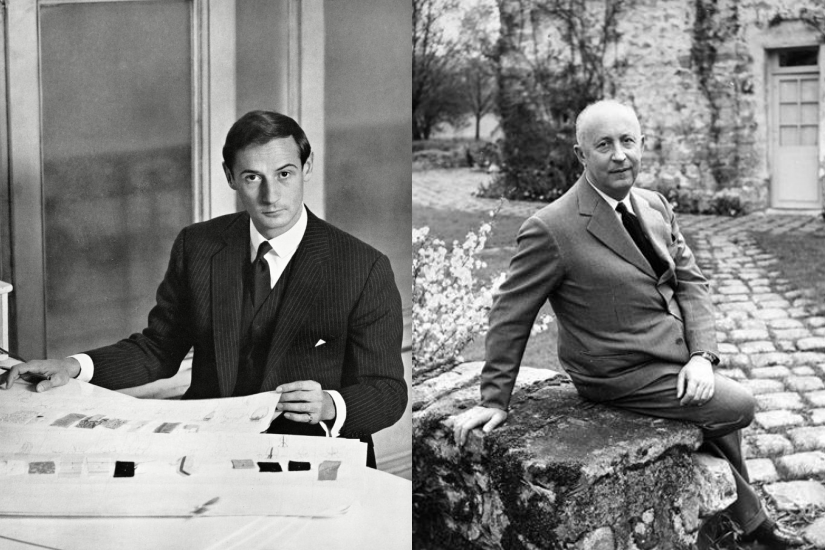
Although it is recorded that from 1958 to 1960, Marc Bohan had been designing ready-to-wear collections for Christian Dior in major locations such as New York and London, what is more interesting is that on that day (1958), it was actually Mr. Christian Dior himself who contacted and invited Marc Bohan to work for the brand. Before extending the invitation, he had also suggested to the brand’s then-owner Marcel Boussac and design studio director Raymonde Zehnacker to hire Marc Bohan for the brand. Moreover, from Marc Bohan’s resume, it can be inferred that besides relying on his unique talent, a key factor in gaining the favor of Mr. Christian Dior was that Mr. Christian Dior was also a proud student of Robert Piguet – where Mr. Marc Bohan studied. Perhaps due to this subtle relationship, Mr. Christian Dior took notice of Mr. Marc Bohan’s presence and talent, eventually taking over the brand.
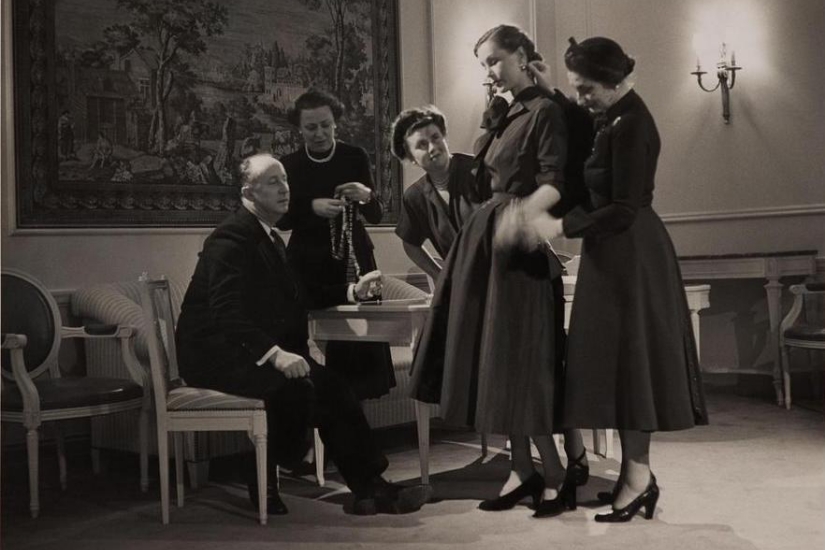
The brand experienced a downturn from the death of Mr. Christian Dior until the 1970s, with performance and customer base not meeting expectations. It wasn’t until Marc Bohan took over and brought new design energy to the brand that it regained vitality. Successfully transitioning from a focus on haute couture to ready-to-wear collections, Marc Bohan’s experience allowed him to balance the brand’s development, helping it rediscover its identity and value in design, branding, culture, and more.
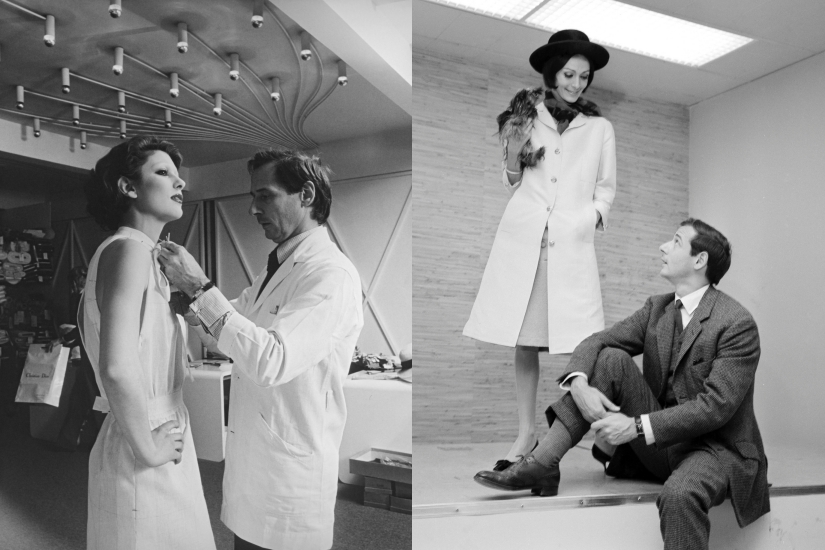
The CD Diamond totem seen today is from that Renaissance period. Embodied in the form of a fashion manifesto, it reflects contemporary elegance. In Dior’s brand history, even something as small as a simple totem or ornament carries with it stories worth understanding.
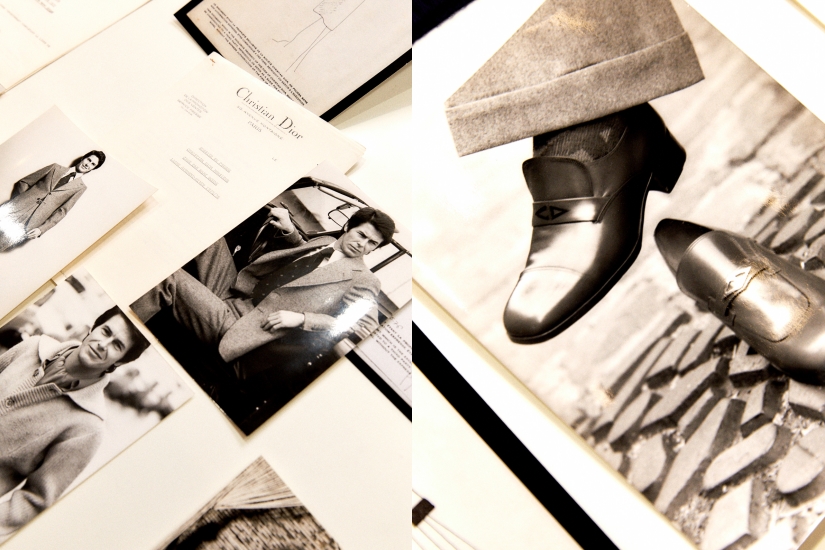
資料及圖片來源:Courtesy of Dior ; Web Photo

